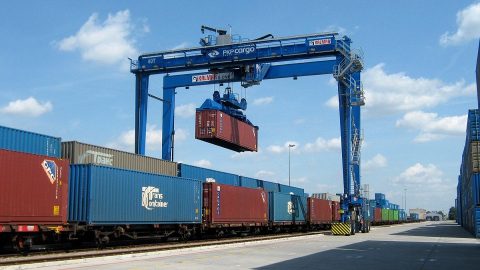
Positive step towards Combined Transport Directive amendment
The Combined Transport Directive, a legislative piece which assures the support for combined transport in the EU, received positive input last week. The Transport and Tourism Committee (TRAN) of the European Parliament adopted the compromises developed after the initial amendments proposed had been discussed for months.
The Combined Transport Directive aims to support the shift from long distance road transport to long distance rail, inland waterways and maritime transport through economic incentives. The European Commission proposed amendments to the Directive, but these amendments have been debated under the Austrian presidency. A first step towards compromise has been taken with the TRAN vote on 27 March in favour of several changes to the initial proposal.
Compromise
The compromise proposals are the following:
- The fixed distance of a Combined Transport road leg will be 150km, within which operators will be free to use the terminals of their choice;
- The maximum allowed fixed distance may be exceeded – with due justification in case of road-rail Combined Transport – to reach the nearest terminal offering the required services to deal with the cargo shipped and the type of loading unit used;
- Some evidence if not available during a roadside check conducted as part of enforcement can be presented within 5 working days to the relevant authorities;
- The equivalent legal status of international road haulage and international combined transport operation has been safeguarded;
- Member States should offer incentives to investment into terminal capacities and they should offer at least one additional aid measure to combined transport operations;
- Semi-trailers, when used as intermodal loading units in unaccompanied combined transport, may be positioned using road vehicle combinations with a gross weight up to 44 tonnes.
Not there yet
The compromise has been developed under the coordination of rapporteur Daniela Aiuto and with material input by shadow rapporteurs Claudia Schmidt, Isabella De Monte, Izaskun Bilbao Barandica, Jakup Dalunde and Kosma Złotowski.
The next step towards completing the CT Directive amendment must be taken by the European Council, and specifically the Funnish Presidency. “This is a positive step in the right direction, but we are not there yet”, said Ralf-Charley Schultze, Head of the UIRR.
Also read:





